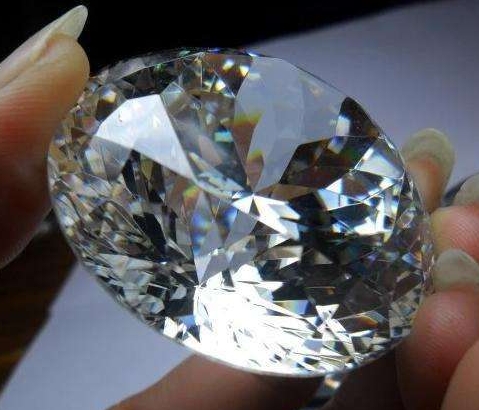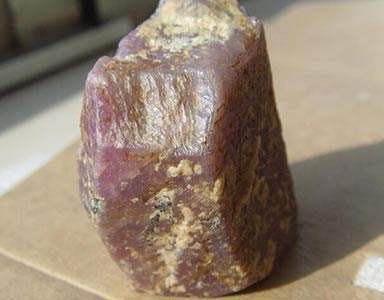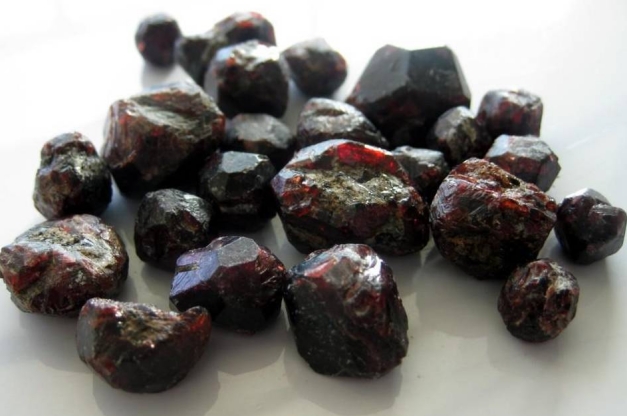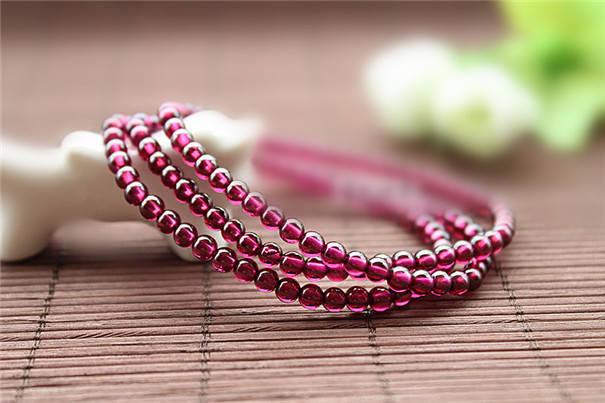- 18
- Oct
Classificatie en prestaties van aluminium-magnesium spinel?
Classificatie en prestaties van aluminium-magnesium spinel?
The special properties of magnesium-aluminum spinel, such as slag corrosion resistance, good thermal shock resistance and high high temperature strength, make it widely used in refractory materials for steelmaking. The preparation of high-quality pre-synthetic spinel provides new raw materials for the production of amorphous and shaped high-purity refractories. Next, the editor of Qianjiaxin Refractories will introduce to you:

The two main methods for synthesizing spinel are sintering and electrofusion. Most spinel materials are made of high-purity synthetic alumina and chemical-grade magnesia, which are sintered in a shaft kiln and electro-melted in an electric arc furnace. The advantage of sintered magnesia-aluminum spinel is that the process is a continuous ceramization process, which controls the feeding speed and balanced temperature distribution in the kiln, resulting in a very uniform crystal size of 30-80μm and low porosity (<3%) The product.
The production of magnesium-aluminum spinel by the electrofusion method is a representative batch operation. The large casting block needs to extend the cooling time. The cooling of the casting block leads to uneven microstructure. Due to the faster cooling, the outer spinel crystals are smaller than the inner spinel crystals. The low melting point impurities are concentrated in the center. Therefore, it is necessary to sort and homogenize the fused magnesia-aluminum spinel raw materials.

Another advantage of using high-purity raw materials to produce aluminum-magnesium spinel is the low impurity content in the aluminum-magnesium spinel aggregate (MgO A1203>99%), especially the low content of SiO2, which makes it have good high temperature performance. Bauxite-based spinel is not as good as synthetic alumina-based spinel, and can only be used in parts with low requirements for corrosion resistance and high-temperature strength.
Magnesiumrijke (MR) aluminium spinel:
De aanwezigheid van sporenperiklaas in de magnesiumrijke aluminium spinel beïnvloedt de kenmerken en toepassingen van de spinel. Aangezien de magnesiumrijke spinel MR66 geen vrij aluminiumoxide bevat, zal de spinel na toevoeging aan magnesia-stenen geen spinel meer genereren en in volume uitzetten. Het gebruik van magnesiabakstenen met MR56 in cementdraaiovens kan de thermische schokbestendigheid aanzienlijk veranderen en kan chroomerts vervangen. Het mechanisme dat de thermische schokbestendigheid verandert, is dat spinel een lagere thermische uitzetting heeft dan periklaas.
The trace amount of MgO in MR66 affects its application in water-bearing materials, such as castables. Due to the hydration of periclase, brucite (Mg(OH)2) may be produced, which will cause the volume of the cast block to change and cause cracks. Magnesium-rich aluminum spinel can be used in cement kilns, especially in tuyere and high temperature zones.

Aluminium-rich (AR) magnesium spinel:
Het vuurvaste materiaal dat wordt geproduceerd door het rijke aluminium-magnesium spinel wordt het meest gebruikt bij de staalproductie. Twee hoofdkenmerken verhogen de toepassing van aluminium-magnesiumrijke spinel: het kan de sterkte bij hoge temperaturen en de thermische schokbestendigheid van het materiaal en de corrosieweerstand van staalslakken verbeteren. De toevoeging van zeer zuiver aluminium-magnesiumrijke spinel aan gietbaar aluminiumoxide verandert de sterkte bij hoge temperatuur aanzienlijk.
The spinel content in aluminum-magnesium spinel refractories is generally 15%-30% (corresponding to 4%-10% MgO). Recent studies believe that in the fired Al-Mg spinel refractories for ladle, low-silicon (<0.1% SiO2) compared with high-silicon (1.0% SiO2) Al-Mg spinel bricks can reduce the life of the ladle by 60%. This proves that the ideal performance can only be placed on high-purity synthetic materials.

De vergelijking tussen voorgesynthetiseerde magnesia-aluminium spinel en in-situ vorming van magnesia-aluminium spinel:
Het in situ genereren van spinel in de gietbare kan de productiekosten verlagen, maar deze methode heeft ook nadelen. Wanneer aluminiumoxide en magnesiumoxide reageren om spinel te vormen, zal er een duidelijke volume-uitbreiding zijn. Volgens de theoretische berekening van een relatief dichte structuur kan de volume-uitbreiding 13% bereiken, maar de werkelijke volume-uitbreiding is ongeveer 5%, wat nog steeds hoog is. Het optreden van structurele scheuren kan niet worden voorkomen. Siliciumpoederadditieven (zoals siliciumpoeder) worden vaak gebruikt om sinteren in de vloeibare fase te bevorderen en enige lokale vervorming mogelijk te maken om volume-expansie te remmen. De relatieve hoge temperatuursterkte van het resterende glas zal echter een grote impact hebben.
